Search
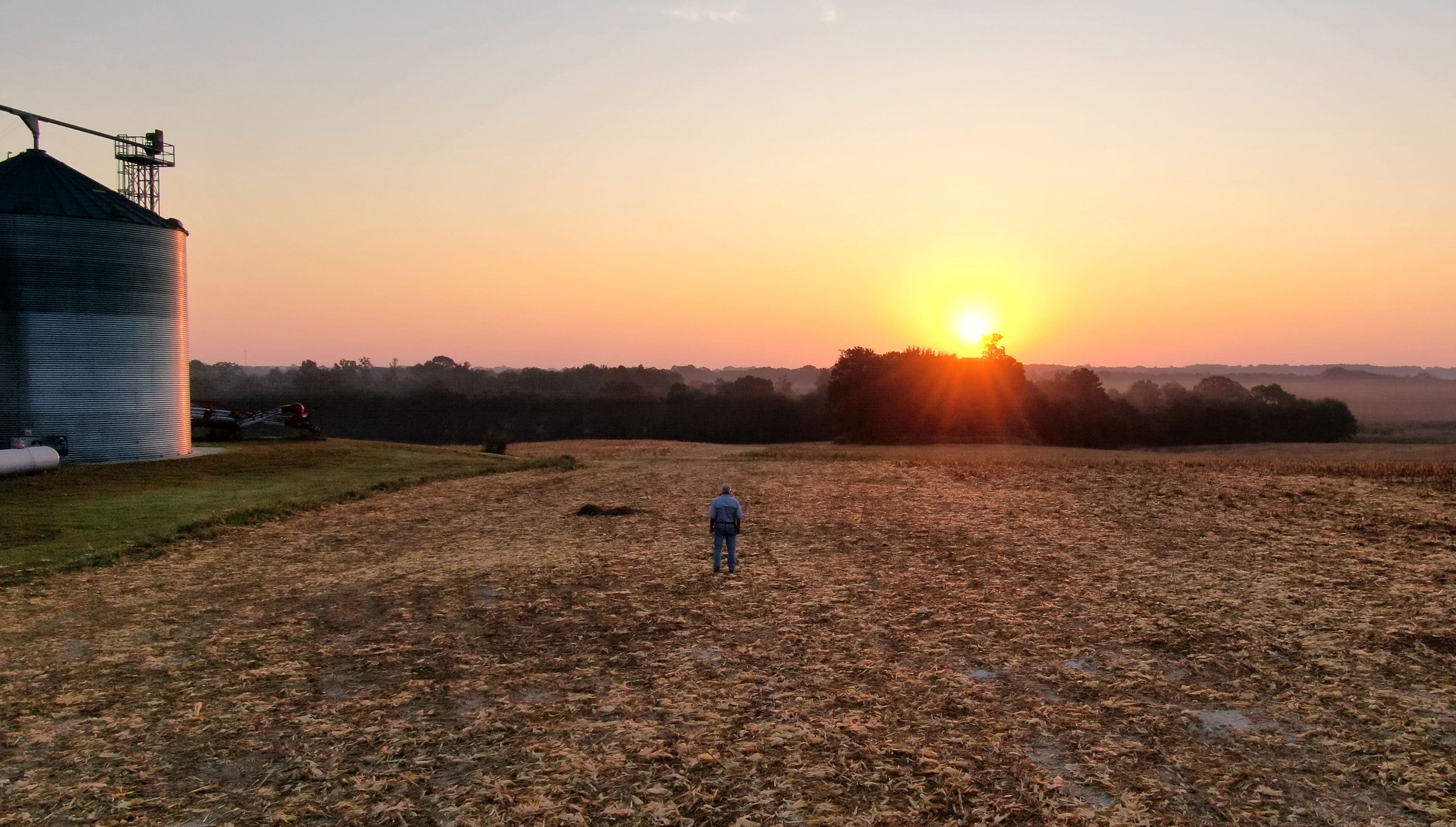
Cash Flow and Income Considerations for S.D. Farms: Part 2
This is the second article of a two-part series examining cash flow and income for South Dakota grain farms. This article will look at crop insurance, prices for 2020 crops, and changes in input prices.
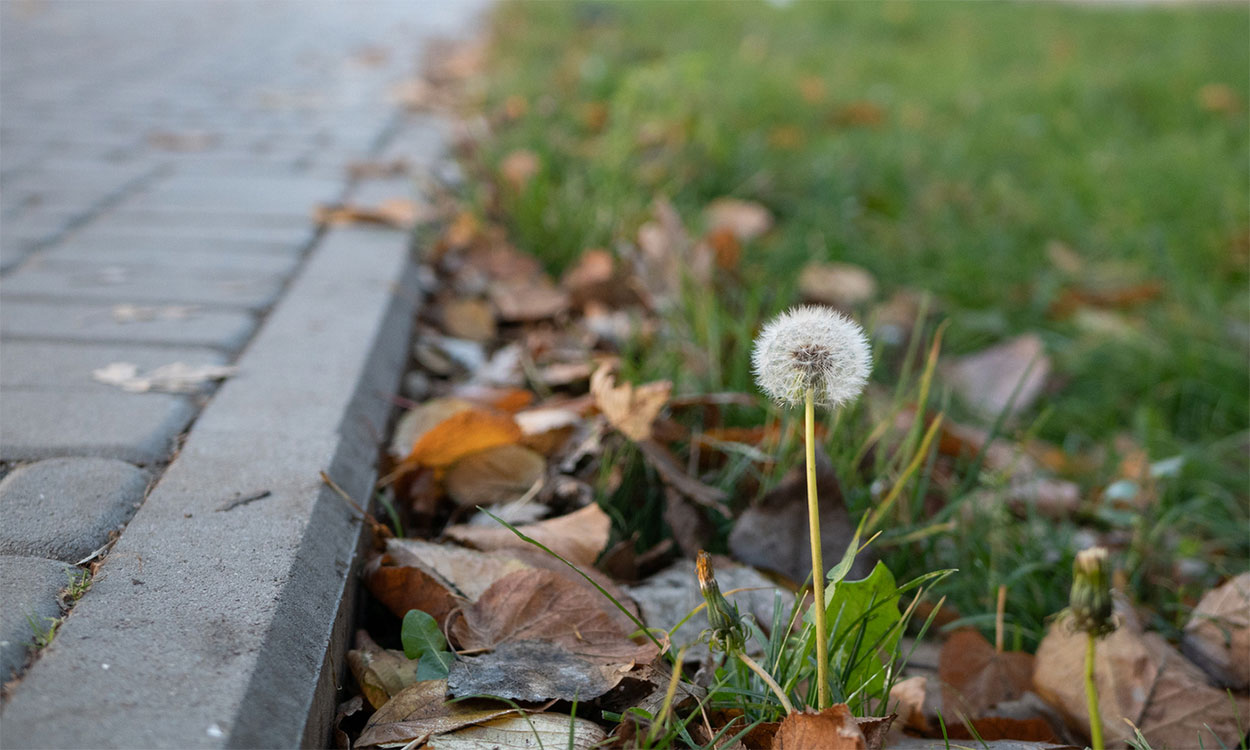
Fall Weed Control in Lawns
In lawns, fall is the best time to chemically control broadleaf perennial weeds. Examples of these weeds could include dandelions, Canada thistle, creeping bellflower, field bindweed and ground ivy.
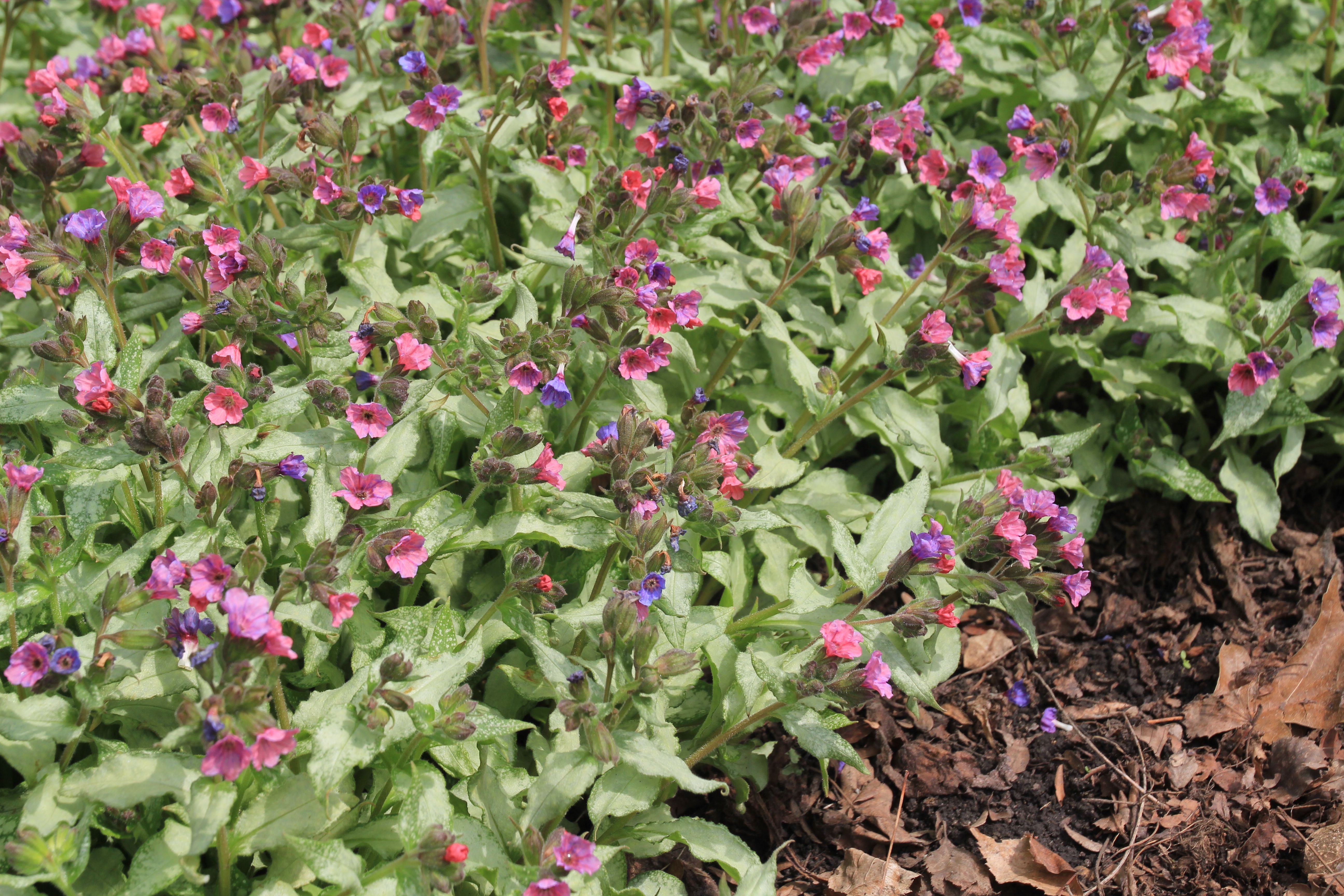
Lungwort: A Winter-hardy Perennial for Shade or Part-shade Gardens
Lungwort is a great plant for the partly sunny or shade garden, offering multiple seasons of interest, starting with flowers in early spring, followed by the development of new, basal leaves decorated with white spots and blotches.
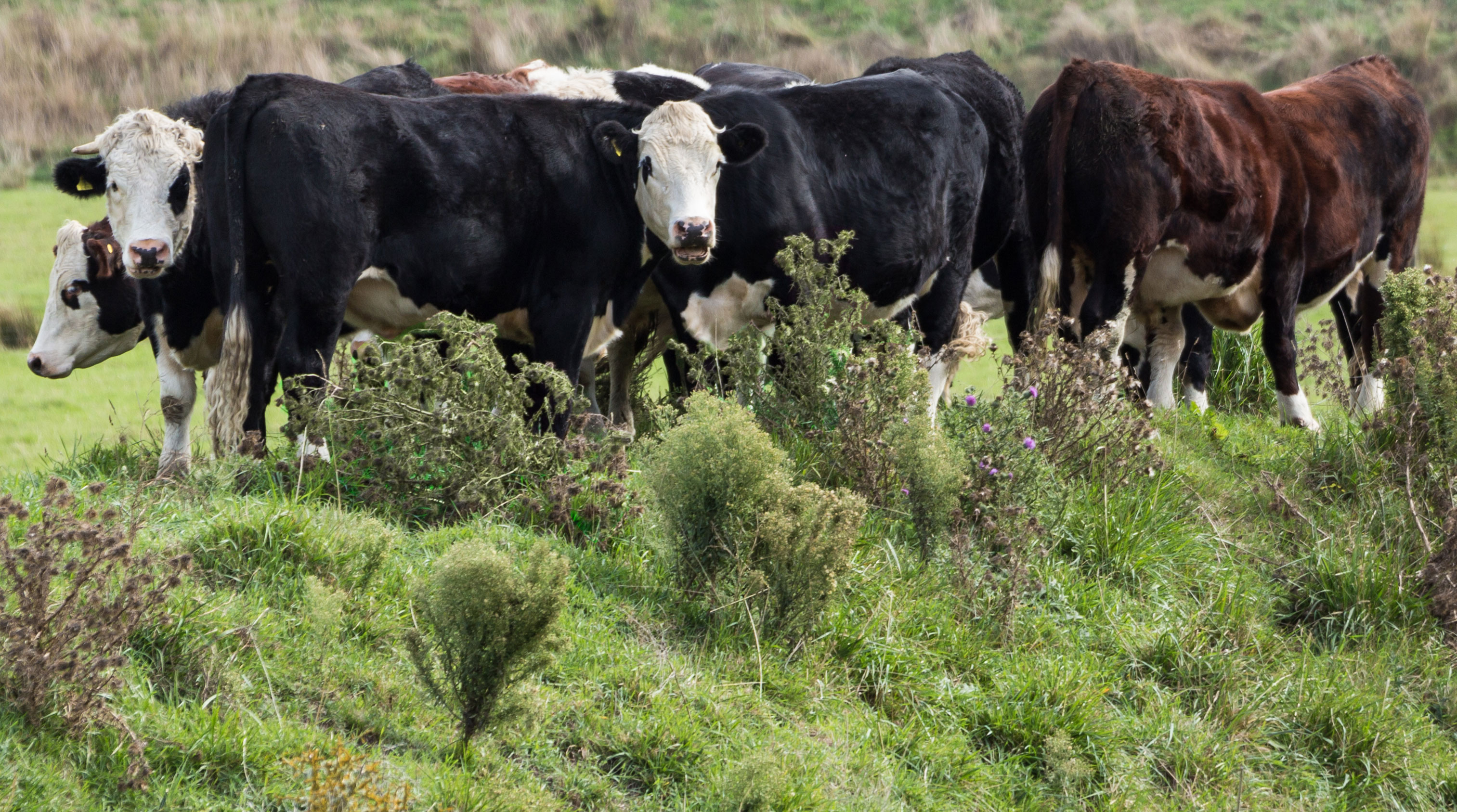
Alternative Pasture Weed Control
The term ‘weed’ can be broadly applied to any plant that is undesirable at any given time and place based on certain criteria. It is important to understand that the word ‘weed’ has become a general term with no universal definition, and many plants are considered to be weeds, depending on location.
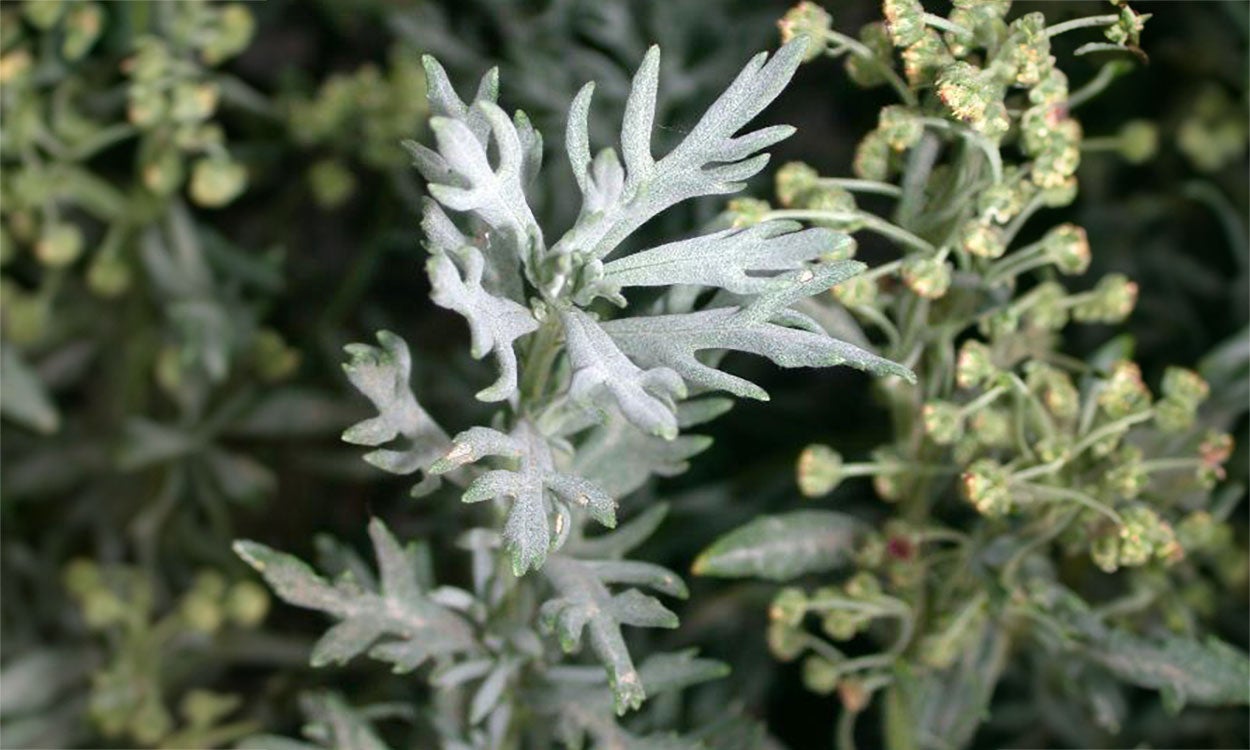
Absinth Wormwood Control in the Spring
Absinth wormwood is a difficult-to-control, noxious weed that can produce great amounts of seed (50,000 seeds per-stem) and spreads only by seed, illustrating the importance of management prior to seed production.
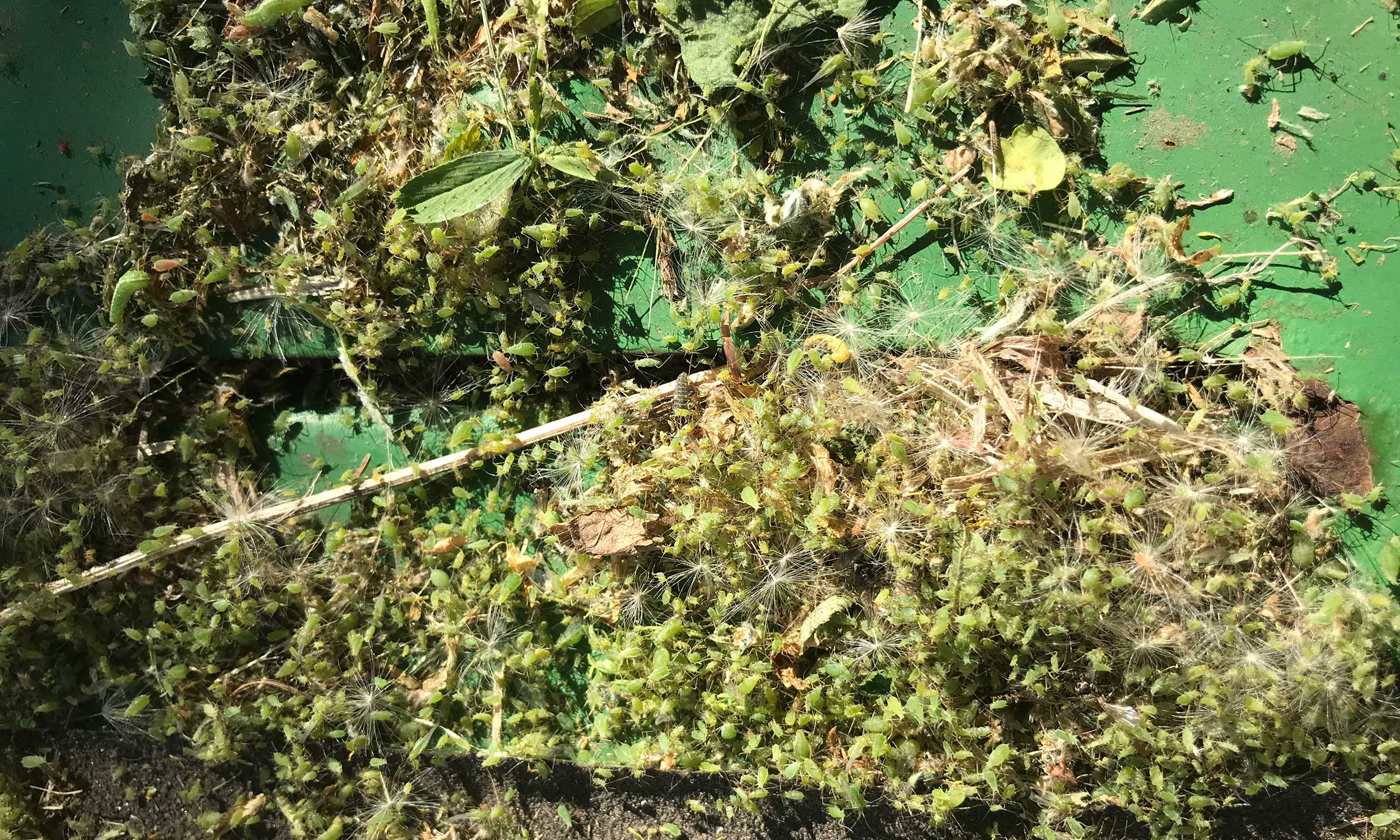
Watch for Pea Aphid Populations in Alfalfa
Recent reports have indicated that pea aphid populations are very large in some alfalfa fields and should continue to be monitored and possibly managed.
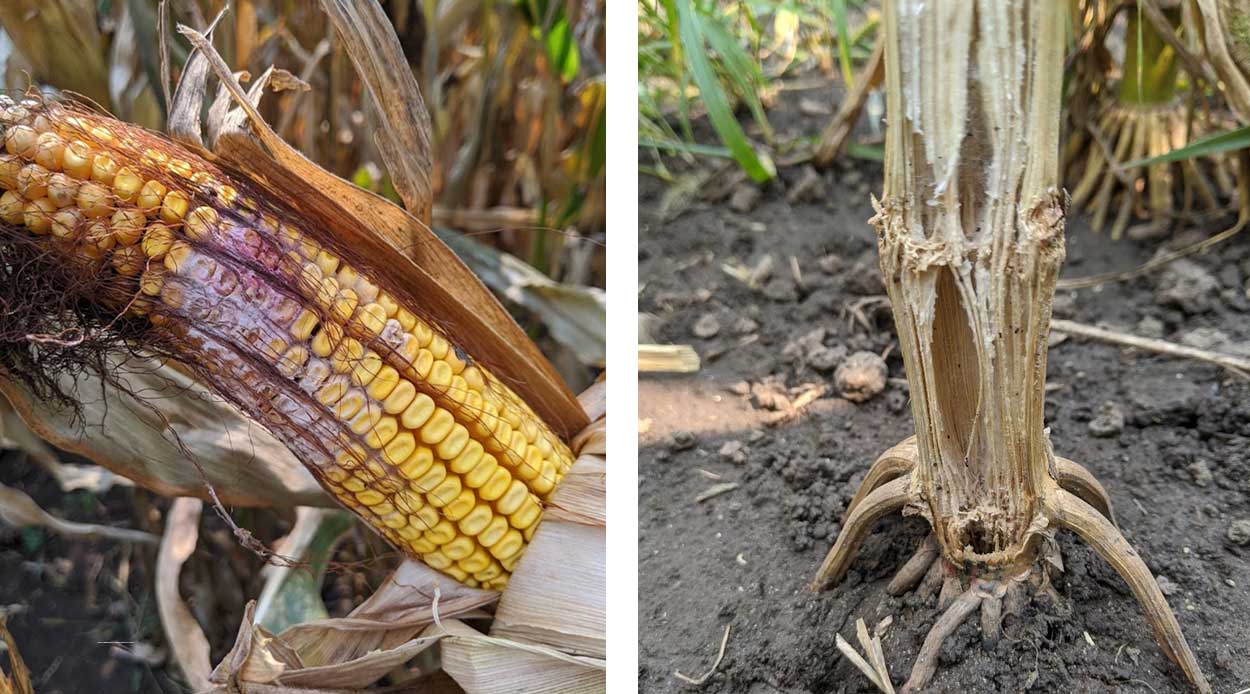
Corn Ear Rots and Stalk Rots: The Last Issues To Check for in Corn Before Combining
Before combining corn, it is recommended to scout your field for corn ear rots and stalk rots. It is important to scout corn fields for these two issues in order to make timely decisions on corn combining.
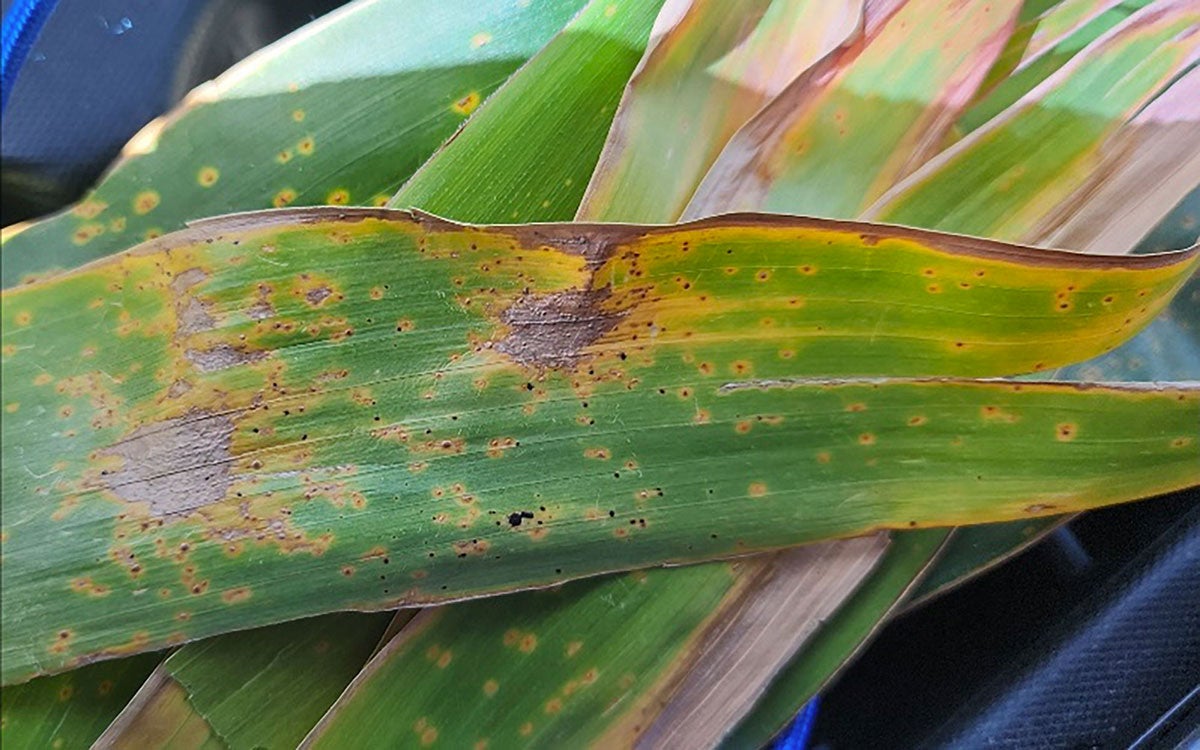
South Dakota Tar Spot Update: September 30, 2024
As of September 26, 2024, our researchers have confirmed the presence of tar spot in 25 counties across the eastern half of South Dakota. The severity of infection has varied anywhere from less than 1% to approximately 20% on individual corn plants.
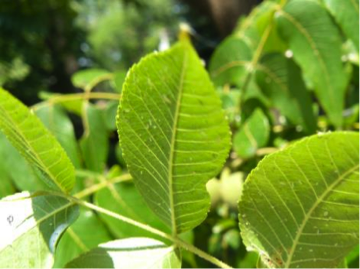
Aphids On Trees
Aphids are appearing on many trees at this time of year and their activity is generally noticed by the abundance of honeydew they excrete on the lower leaves and any plants or objects beneath the tree.
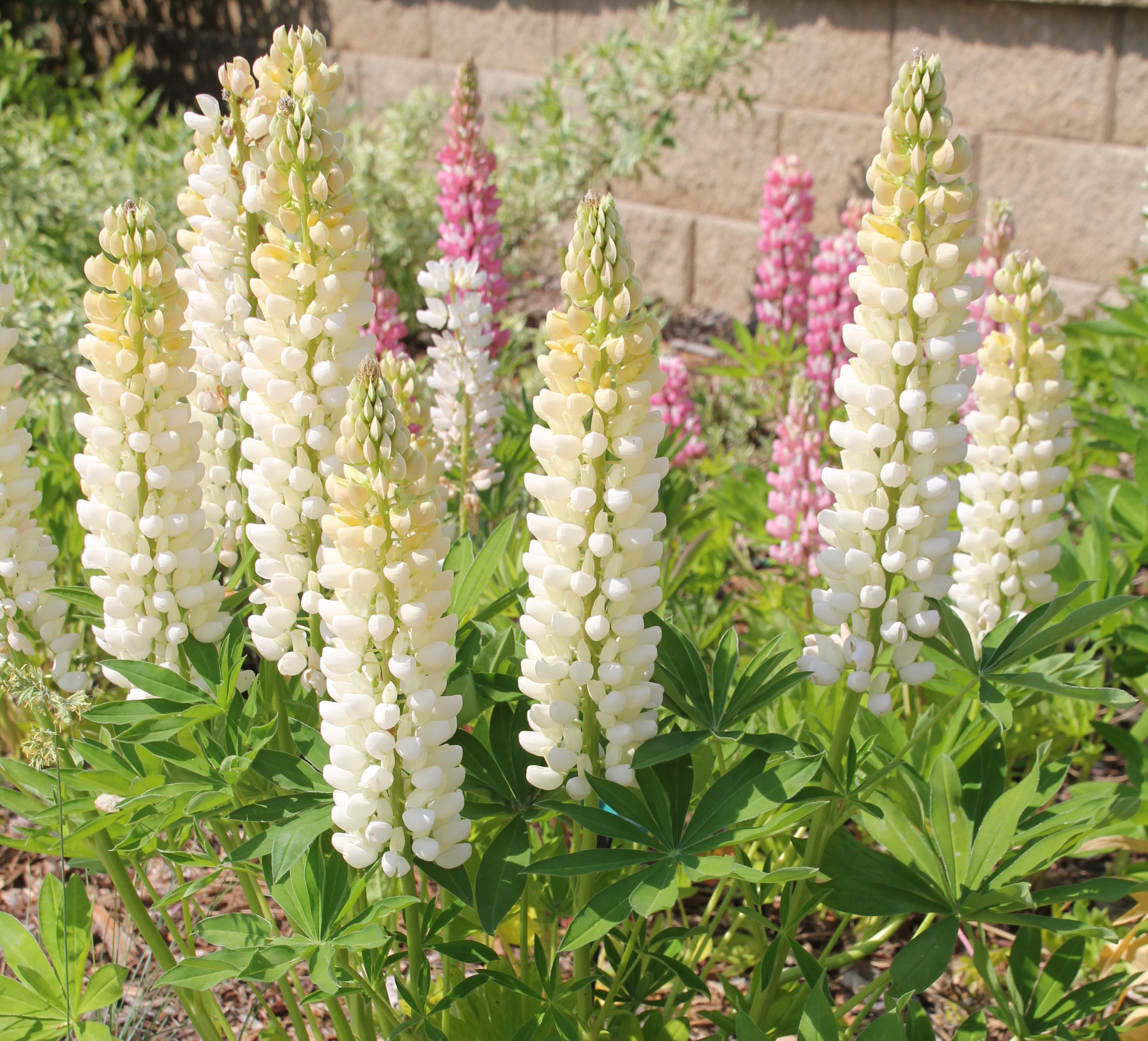
Lupines for Northern Gardens
Lupines (Lupinus), a genus of plants in the legume family Fabaceae, are popular plants in the United States. In addition to their aesthetic value, lupines provide a variety of benefits to the garden.